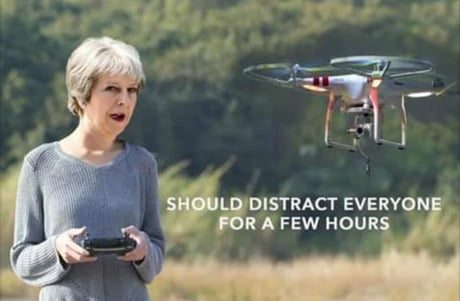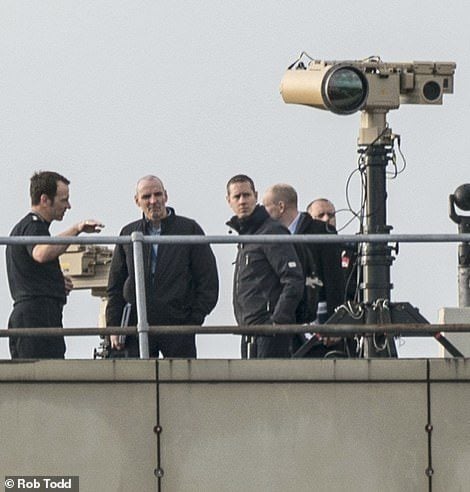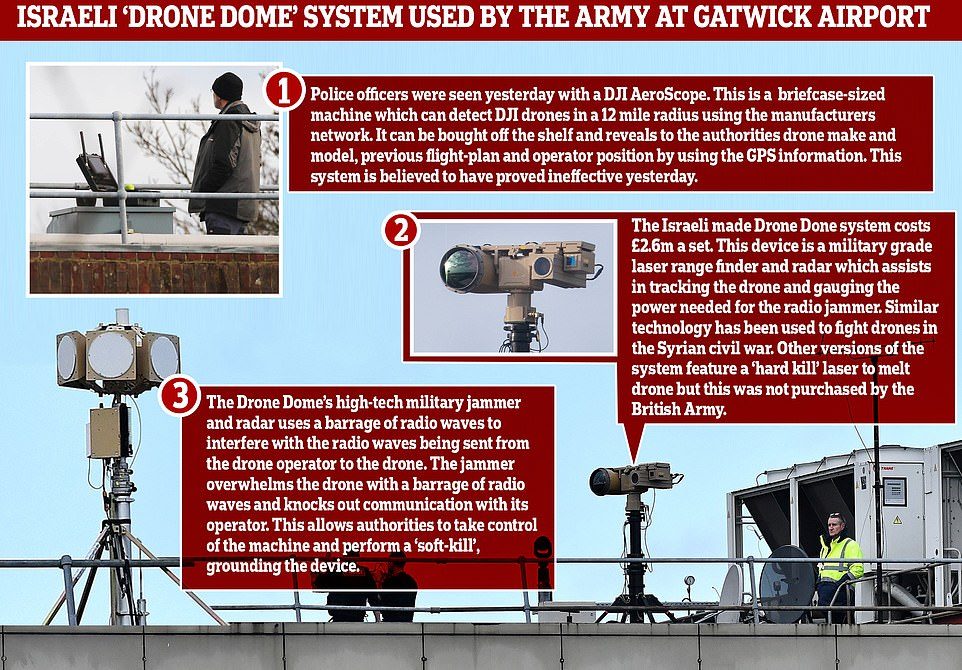- 11,580

- Sweden
- eran0004
I'm probably not getting my point across. Imagine a wide tarmac road in front of you with a clearly-marked centreline. You have to hover your drone there. You have the length of time it takes from hearing the aircraft at the far end of the runway spin up to it reaching your intended position on the runway. That's about 50s. It's not a difficult task to perform and most children could pick up the skills in an hour or so.
In that time you fly your drone from your covert position (or the back of your pickup or wherever) to hovering over the centreline. Detonating a small explosive in front of, alongside or in contact with an aircraft doing over 100mph on its takeoff run is likely to have a terrible effect.
Runway arrival to rotation takes 7:35 to 8:25 in this video of a 737 departing Gatwick. Look how close the buildings are.... 50 seconds is plenty of time to put your drone in position. If you got your drone down unseen into ground level close to the runway between take-offs you can vastly minimise that 50s. With practice you'd make the distance quickly enough to do catastrophic damage whether the pilots see the drone or not. You're saying it would be very hard to get a drone into the right position at the right time - it really wouldn't. Planes all take off from the same runways at the same time (cos wind) and all follow the same routines on the runway (cos aerodynamics). If you aim for the V1 point of the takeoff then you guarantee the aircraft (by definition) can not stop on the runway and is committed to a take-off whatever happens.
All in all I find that method an obvious way to present a grave threat to aircraft and that's why I'm astonished that the response seems to have been so lacking. @Touring Mars suggests that there may be more afoot than we know and I suspect he's right.
Let’s say you can get 500 meters from the runway and that the engine sound gives you 30 seconds to cover that distance with your drone. That means an average acceleration of 2.2 m/s^2 along the horizontal vector (assuming that you want to stop on the runway and not overshoot it). Is that doable while carrying enough explosives to cause substantial damage to the aircraft? How big does the drone need to be and how far away would it be visible? If the pilot spots it 15 seconds before V1, that gives them plenty of time to abort.






